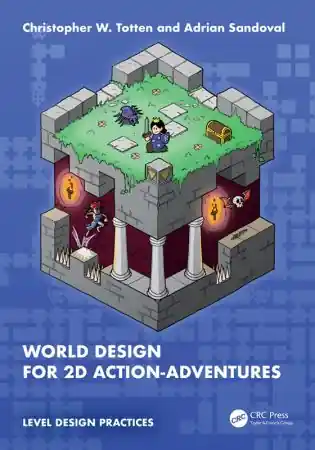
Mastering 3D Printing in the Classroom, Library, and Lab
- Length: 310 pages
- Edition: 1st ed.
- Language: English
- Publisher: Apress
- Publication Date: 2018-11-19
- ISBN-10: 1484235002
- ISBN-13: 9781484235003
- Sales Rank: #2831950 (See Top 100 Books)
Learn how to manage and integrate the technology of 3D printers in the classroom, library, and lab. With this book, the authors give practical, lessons-learned advice about the nuts and bolts of what happens when you mix 3D printers, teachers, students, and the general public in environments ranging from K-12 and university classrooms to libraries, museums, and after-school community programs.
Take your existing programs to the next level with Mastering 3D Printing in the Classroom, Library, and Lab. Organized in a way that is readable and easy to understand, this book is your guide to the many technology options available now in both software and hardware, as well as a compendium of practical use cases and a discussion of how to create experiences that will align with curriculum standards.
You’ll examine the whole range of working with a 3D printer, from purchase decision to curriculum design. Finally this book points you forward to the digital-fabrication future current students will face, discussing how key skills can be taught as cost-effectively as possible.
What You’ll Learn
- Discover what is really involved with using a 3D printer in a classroom, library, lab, or public space
- Review use cases of 3D printers designed to enhance student learning and to make practical parts, from elementary school through university research lab
- Look at career-planning directions in the emerging digital fabrication arena
- Work with updated tools, hardware, and software for 3D printing
Who This Book Is For
Educators of all levels, both formal (classroom) and informal (after-school programs, libraries, museums).
Table of Contents
Part I: 3D Printing: State of the Art
Chapter 1: Why Use a 3D Printer?
Chapter 2: 3D Printers and Printable Materials
Chapter 3: 3D Printer Workflow and Software
Part II: Living with Your 3D Printer
Chapter 4: Selecting a Printer: Comparing Technologies
Chapter 5: Living with Your 3D Printer
Chapter 6: 3D Models
Part III: 3D Printing Curriculum Development
Chapter 7: Classroom Issues
Chapter 8: Art and Theater
Chapter 9: Engineering, Math, and Science
Chapter 10: Language Arts and Social Studies
Chapter 11: Elementary Students
Chapter 12: The Special-Needs Student
Part IV: Building Lifelong Skills
Chapter 13: University Research Applications
Chapter 14: Community and Careers
Appendix: Links and Resources







